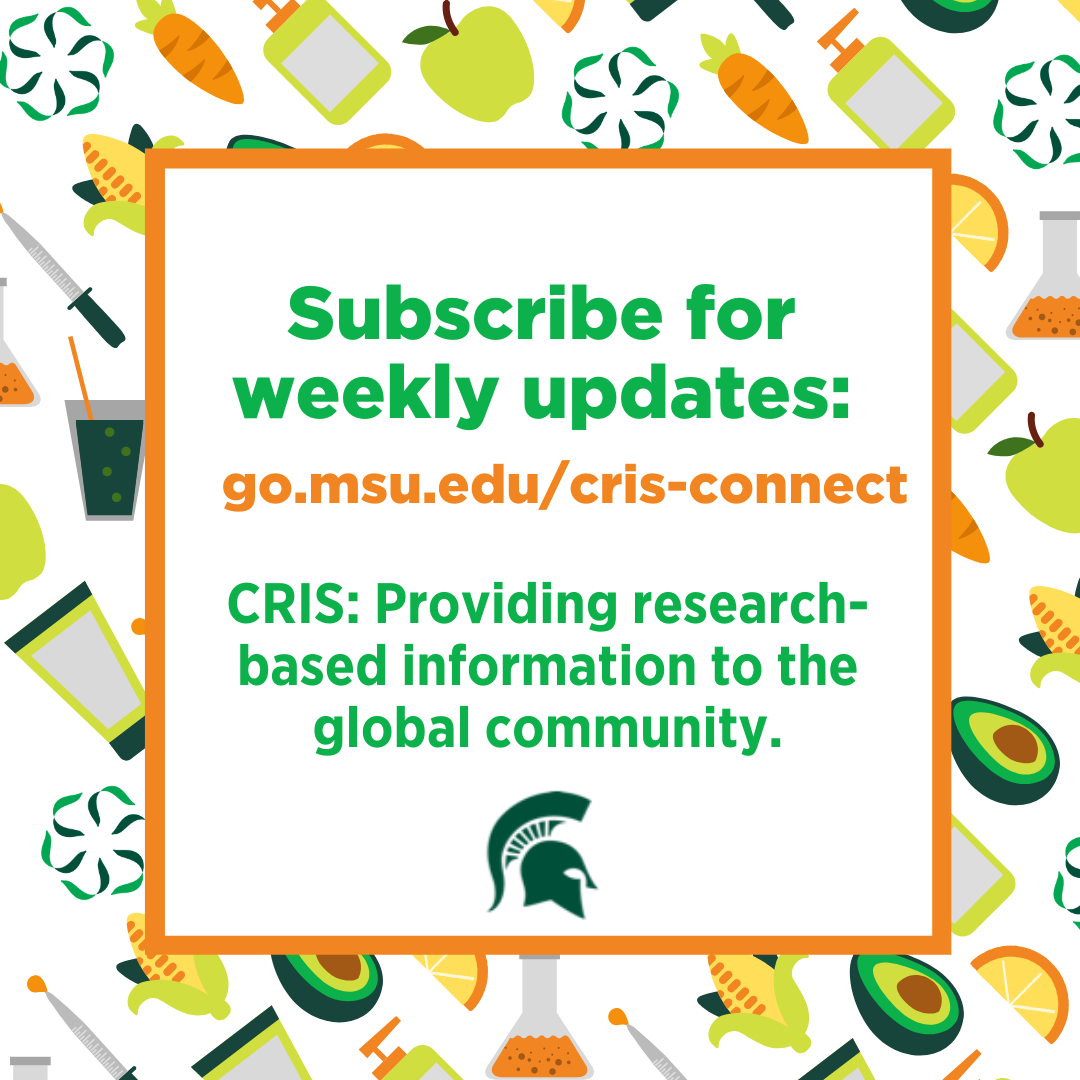In the news – Lead in children’s sippy cups
This Article is offered in: English, French
In this post, we take a look at the sippy cups recalled for potential lead exposure hazards.

While it's easy to get caught up in clickbait headlines that can fill us with fear and anxiety, it's essential to take a step back and explore the information critically and directly from the source to understand the hazard and risk.
What does the news say?
- “Thousands of toddler sippy cups and bottles are recalled over lead poisoning risk”

- “Green Sprouts stainless steel baby bottles and sippy cups recalled over lead poisoning hazard”
- “10,500 Toddler Bottles and Cups Recalled Over Lead Poisoning Risk”
- "Sippy cups sold at Whole Foods, Amazon recalled due to lead poisoning hazard"
In these headlines, you’ll notice the words hazard and risk are used interchangeably. While it may seem innocuous, there is a distinct difference between hazard and risk that we need to understand before determining how it could impact our lives.
What is a hazard?
Hazards, in terms of ingredient safety, are any ingredient or process that we know can cause harm.
For example, we know that water can harm humans in many situations, such as over-consumption or drowning. Hazards remain static, meaning it’s not actively causing harm unless we engage with the hazard. This concept shows us that water remains a hazard whether it's in a glass, on our table, a pond in our backyard, or locked in a maximum-security vault.
The hazard does not change.
What is exposure?
Exposure is how we’re introduced to hazards. For example, in seeds and pits found in fruits, we can find potentially harmful cyanogenic glycosides, which are compounds that upon digestion can break down into cyanide. That is a hazard.
But, if we eat a rogue apple seed, we won’t become ill because the hazard is present at a very low level, therefore exposure is low, and no harm occurs. In fact, an average adult would need to consume 200 apple seeds in a short period of time to experience toxicity.
Exposure to a hazard doesn’t necessarily cause harm, but it does help determine our risk.
What is risk?
Risk is calculated using the formula: (hazard) X (exposure) = risk.
The formula allows us to take hazard and exposure into consideration so we can determine risk. Once we've established the risk, we can then identify the safe levels for consuming an ingredient.
We know apples are a fiber-filled fruit that can be incorporated as part of a healthy, balanced diet. But, we also know it’s not risk-free. They contain hazardous seeds. We also know it’s improbable that we’d be exposed to hazardous seeds of sufficiently high quality that we’d be at risk for an adverse health event.
So, is the risk of eating an apple zero? No, in scientific terms it’s not zero. Is the risk low enough that we don’t need to be concerned? Yes, there’s no reason to omit apples from our diet due to a minuscule, improbable, risk.
Let’s look at the sippy cups.
The recall issued by the U.S. Consumer Product Safety Commission states, “Green Sprouts Recalls Toddler’s Stainless Steel Bottles and Cups Due to Lead Poisoning Hazard (Recall Alert)."
Furthermore, the hazard is contained inside the sippy cup where it’s inaccessible.
The hazard becomes a risk IF the cup’s base breaks off, exposing the lead hazard to the child.
Currently, there is no known safe level of lead exposure and we know lead can cause adverse health effects if consumed.
In this situation, the lead is found in a solder dot used in the construction of the cup and is completely contained and inaccessible unless broken.
While we know there is no safe level of exposure, we also know that the risk of coming into contact with the hazard is low.
Do I need to dispose of the impacted sippy cups?
While the cups do not pose an immediate risk to our health when intact, the potential for the base to break off and expose the hazard increases the overall risk.
Since there is no known safe level of lead exposure the company recommends discontinuing use and reaching out to them for a refund and disposal instructions out of an abundance of caution.
The good news.
Understanding the overall risk helps us make informed decisions and understand the likelihood of a product's adverse health impacts on our personal situation.
Lead research at CRIS.
The researchers at CRIS have recently secured a grant to study lead’s potential impact on human health and development. More information will be available in the coming weeks, but we are fully prepared to conduct this important and impactful research.
If you have any questions about foods and ingredients, please reach out to us on Twitter, send us an email, or submit your idea to us at go.msu.edu/cris-idea.



 Print
Print Email
Email

